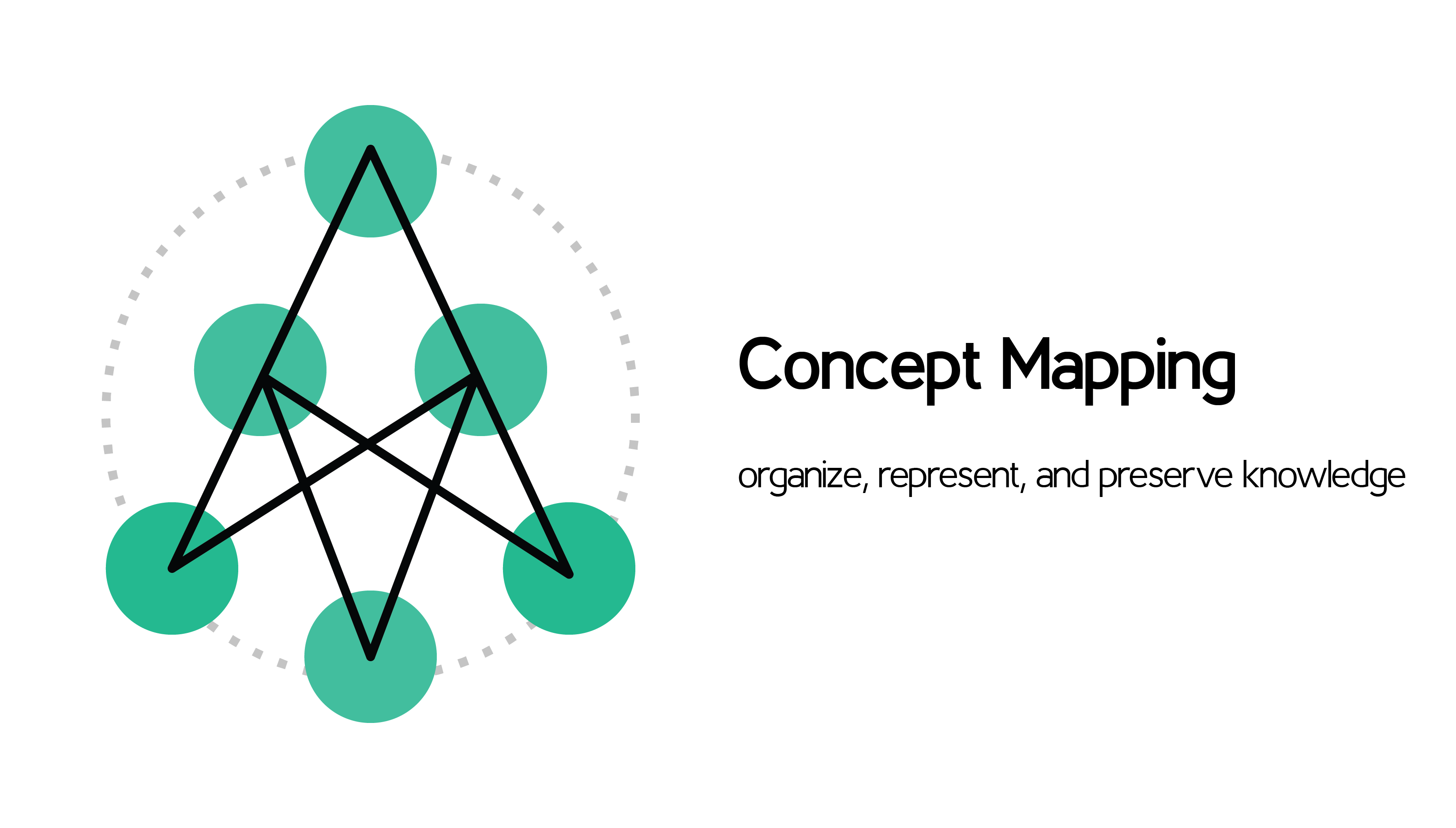
This handbook has been developed through the collaboration between VITO Nexus and EIT Climate-KIC. With a step-by-step guide, hands-on templates, as well as tips and tricks for facilitators, Value Network Mapping can be adopted as a sense-making and co-creating instrument for your challenge. This publication covers what Value Network Mapping is and why you should use it. By making explicit the current roles and relations within a system, it is possible to scrutinise both the system’s components and its organisation, and so help people reorganise themselves sustainably. Value Network Maps are particularly useful in settings where conventional structures can no longer be relied on. These maps take into account social, environmental and economic conditions for implementing and scaling up such changes, allowing global sustainable development goals to evolve from a shared vision to a common practice. With the use of Value Network Mapping it is possible to co-create such changes, while balancing individual needs with wider ambitions. Value Network Mapping helps in getting a grip on the structure of these sub-systems and enabling us to identify together intervention points that make sustainability transitions happen. Some practices need to change into completely new roles and relations, and others may even disappear. Sustainability transitions require changes in the structures of the sociotechnical systems that define our world. Such systemic change can be explored through the lenses of ‘sustainability transitions’: deep transformations of the structure and the dynamics of the sub-systems of our society, such as energy, food, mobility, housing, health care and finance. * Map function of Java 8 to transform each element of List or any collection.Translating global sustainable development goals into concrete actions for systemic change remains one of the greatest challenges of our times. * Java 8 example to convert each element of List into upper case. Once again, the map applies a mapping function on each element of Stream and stores result in another Stream. Now let's see an example to convert each element of a List to upper case using the map function.


You can collect the result of transformation by using the Collectors class, which provides several methods to collect the result of transformation into List, Set, or any Collection. () is a built-in array method for iterating through the elements inside an array collection in JavaScript. Stream API also provides methods like mapToDouble(), mapToInt(), and mapToLong() which returns DoubleStream, IntStream and LongStream, which are specialized stream for double, int and long data types. The map function is also an intermediate operation and it returns a stream of the transformed element. One example of Map in Java 8 is to convert a list of integers and then the square of each number. You not only can use the lambda expression but also method references. It can be any predefined function or a user-defined function. In Java 8, you get the stream, which allows you to apply many functional programming operators like the map, reduce, and filter.īy using the map() function, you can apply any function to every element of the Collection. You had to iterate through List using a for loop or foreach loop and transform each element. There are two ways to create a js map: JavaScript array map: We pass an array to the new Map() method We create a map method using Map.set() Let’s see a JavaScript array map in detail with the help of an example. For example, if you have a list of String and you want to convert all of them into upper case, how will you do this? Prior to Java 8, there is no function to do this. So far, we have learned the methods used in js mapping.

Because of this property, you can use a map() in Java 8 to transform a Collection, List, Set, or Map.

Map is a function defined in class, which is used to transform each element of the stream by applying a function to each element. The map is a well-known functional programming concept that is incorporated into Java 8.


 0 kommentar(er)
0 kommentar(er)
